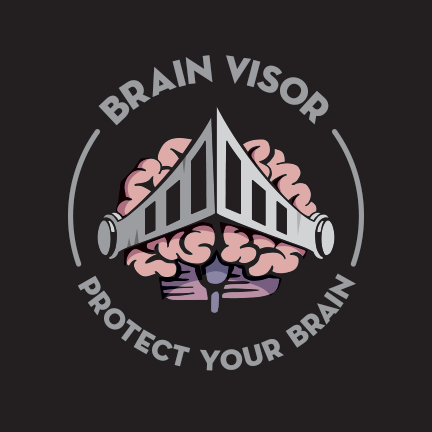Brain Structure and Function
The brain is composed of five major divisions: telencephalon, diencephalon, mesencephalon, metencephalon, and myencephalon.
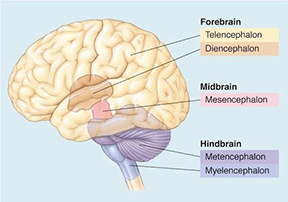
Telencephalon
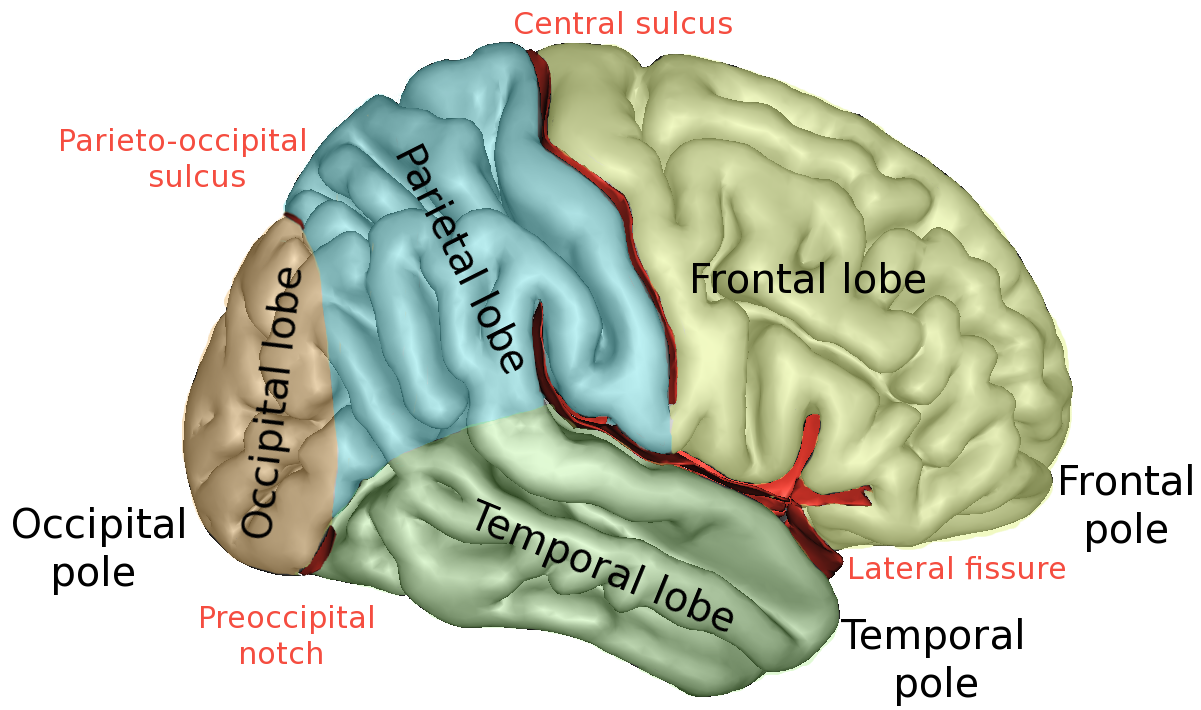
- Cerebral Cortex – the convoluted surface layer of gray matter that covers both the right and left cerebral hemispheres. The cerebral cortex plays a key role in memory, attention, perceptual awareness, thought, language, movement, and consciousness.
(insert cerebral cortex image here)
- Fissure – a deep or large furrow on the surface of the brain
- Sulcus – a small groove or furrow on the surface of the brain
- Gyrus – a ridge or fold between two clefts on the cerebral surface in the brain
- Corpus Callosum – band of white matter fibers connecting the two hemispheres of the brain
(insert corpus callosum image here)
Lobes of the Brain:
(insert Four Lobes image here))
- Frontal Lobe – house our unique abilities to think, reason, and use language. Also involved in motor function, memory, impulse control, and social behavior.
- Temporal Lobe – information processing through hearing (auditory perception). Also involved in learning, memory, and social cognition.
- Parietal Lobe – processes and integrates sensory and perceptual information. Responsible for spatial orientation.
- Occipital Lobe – process visual information from the eyes
Limbic System Structures:
(insert limbic image here)
- Amygdala – integrative center for emotions
- Fornix – associated with long-term recall memory
- Cingulate Cortex – involved with emotion formation and processing, learning, and memory
- Hippocampus – (located within the cortex) generally associated with memory
Other Structures:
(insert sagittal image here)
- Basal Ganglia – located deep within the telencephalon, the basal ganglia is a collection of interconnected nuclei structures that have been associated with cognition control, movement coordination, and voluntary movement:
- Corpus Striatum – plays a role in the planning and modulation of movement pathways and is involved in a variety of other cognitive processes involving executive function, such as working memory
- Caudate Nucleus – body movement and coordination
- Putamen – plays a role in reinforcement learning
- Globus Pallidus - receives inputs from the caudate and putamen and provides outputs to the substantia nigra
Diencephalon
(insert diencephalon image here)
- Thalamus – a major relay station for sensory and motor signals
- Hypothalamus – regulates the release of hormones by the pituitary gland that govern body temperature, thirst, hunger, sleep, circadian rhythm, moods, sex drive, and the release of other hormones in the body
- Epithalamus – function is poorly understood; but one of its structures is the pineal gland that secretes the hormone melatonin, which influences daily and seasonal body rhythms
- Pituitary Gland – releases hormones that stimulate other parts of the body
Mesencephalon
(insert mesencephalon image here)
- Tectum - responsible for auditory and visual reflexes
- Superior Colliculi – receives projections from the retina of the eye, mediating visually related behaviors
- Inferior Colliculi – receives projections from the ear, mediating auditory-related behaviors
- Tegmentum – contains the reticular activating system (RAS) which is involved in arousal (alertness).
(insert midbrain image here)
- Periaqueductal gray – involved with pain-reducing effects of some drugs
- Substantia Nigra – a layer of dark pigmented nerve cells that produce dopamine that plays an important role in reward, addiction, and movement
- Red Nucleus – Appears to have a high iron content and receives projections from the cerebellum and motor cortex
- Ventral Tegmental Area – A major dopaminergic area in the brain that receives information from other regions that tell it how well various fundamental human needs are being satisfied. The Ventral Tegmental Area then forwards this information to the nucleus accumbens (found in the basal forebrain and an important part of the reward circuit)
Metencephalon
(insert metencephalon image here)
- Pons – relay station between the cerebral cortex and the cerebellum
- Cerebellum – regulates motor movements and coordinates voluntary movements such as posture, balance, coordination, speech, and various cognitive functions, resulting in smooth and balanced muscular activity
Myencephalon
(insert myencephalon image here)
- Medulla – regulates respiration, cardiovascular and blood vessel function, digestion, sneezing, and swallowing
Neuronal Communication
(continue)
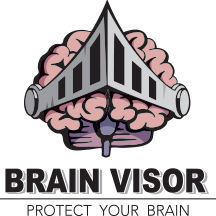 |
BrainVisor – Protect Your BrainBrainVisor does not provide medical or psychological advice, diagnosis or treatment recommendations. The material on this site is for informational purposes only and is not a substitute for your doctor or other health care professional's care.
|
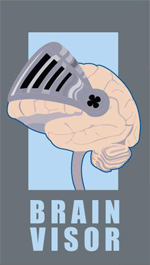 |
||
|









